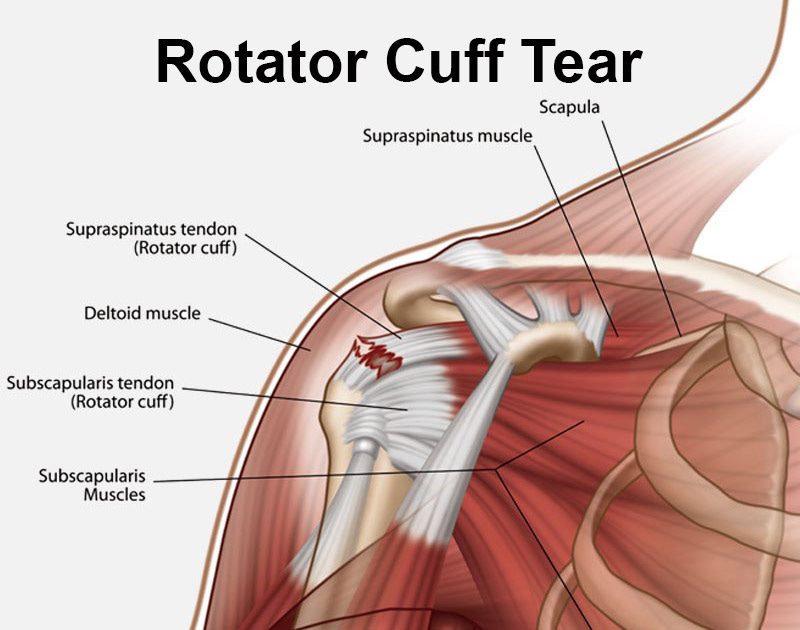Archery is a sport that demands precision, focus, and consistency. Whether you're a beginner or a pro archer, prioritizing safety in training is crucial for long-term success and enjoyment of the sport. By implementing certain practices and techniques, you can significantly reduce the risk of injury while optimizing your performance on the archery range. I use the term minimizing the risk of injury because you can not prevent injury realistically however there are certain things that you can do to minimize the risks.
Here are the 8 key steps for safer training:
1. Warm-Up and Stretching:
Before engaging in any archery practice session, it's essential to warm up your muscles and joints to prepare them for the activity. Start with light cardio exercises like jogging or jumping jacks to increase blood flow and raise your heart rate.
Although archery is a sport of a low heart rate by raising the heart rate while warming up you can stimulate a competition-like environment. Naturally in competitions with stress and anxiety, your heart rate elevates.
Follow this with dynamic stretches targeting the muscles used in archery, such as the shoulders, back, and core. Dynamic stretches involve controlled movements that gradually increase your range of motion, helping to prevent muscle strains and injuries during shooting.
2. Maintain Proper Form:
Correct form is not only essential for accurate shooting but also for preventing injuries. Ensure that your stance, grip, posture, and alignment are all in accordance with proper archery technique. Improper form can lead to overexertion of certain muscles, resulting in strain or injury. Consider seeking guidance from a certified coach to help you develop and maintain proper shooting form.
If you are enjoying this article and want to read more articles like this please consider supporting our work.
3. Gradual Progression:
Avoid the temptation to overexert yourself or push beyond your limits, especially when increasing the intensity or duration of your training sessions. Gradually increase the frequency, duration, and intensity of your practice sessions over time to allow your muscles and tendons to adapt and strengthen gradually. Sudden spikes in training volume or intensity can increase the risk of overuse injuries such as tendonitis or muscle strains.
4. Listen to Your Body:
Pay attention to any signs of discomfort, pain, or fatigue during training. These may be indicators of overuse or improper technique. If you experience persistent pain or discomfort, it's essential to rest and allow your body to recover before resuming training. Ignoring pain or pushing through it can lead to more serious injuries that may require extended time off from archery.
5. Cross-Train and Strengthen Weak Areas:
Incorporate cross-training exercises into your routine to build overall strength, flexibility, and balance. Exercises that target the muscles of the shoulders, back, core, and legs can improve your archery performance while reducing the risk of injury. Additionally, identify and strengthen any weak areas or imbalances in your body to prevent compensatory movements that can lead to injury.

6. Use Proper Equipment:
Ensure that your bow, arrows, and other archery equipment are properly fitted and maintained. A bow that is too heavy or improperly adjusted can strain your muscles and joints, increasing the risk of injury. Regularly inspect your equipment for signs of wear and tear, and replace or repair any damaged components promptly.
7. Stay Hydrated and Nourished:
Proper hydration and nutrition are essential for sustaining energy levels and supporting muscle function during training. Drink plenty of water before, during, and after practice sessions to prevent dehydration. Consume a balanced diet rich in lean proteins, complex carbohydrates, and healthy fats to provide your body with the nutrients it needs for optimal performance and recovery.
8. Rest and Recovery:
Allow adequate time for rest and recovery between training sessions to prevent overtraining and burnout. Aim for at least one or two days of rest per week to give your muscles and nervous system time to recuperate. Incorporate active recovery activities such as gentle stretching, foam rolling, or low-impact exercises to promote circulation and reduce muscle soreness.
By following these guidelines and prioritizing safety in your archery training regimen, you can minimize the risk of injury while maximizing your potential for improvement and enjoyment of the sport. Remember that consistency, patience, and proper technique are key to long-term success in archery.
If you are struggling to build a training program. We offer personalized archery and gym training programs for archers at all levels. If you are interested you can reach us via Instagram. You can check the





